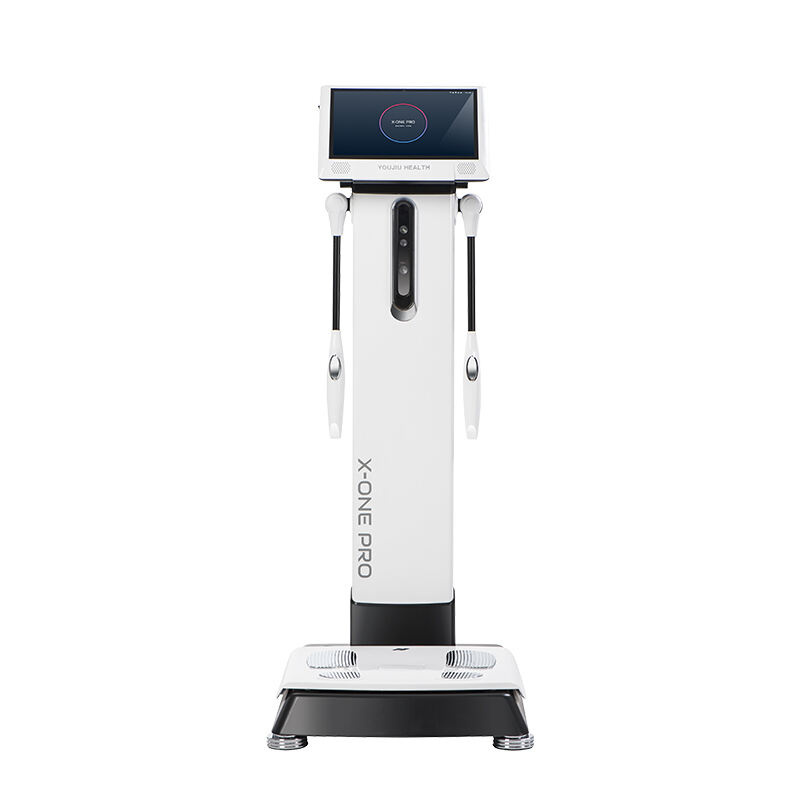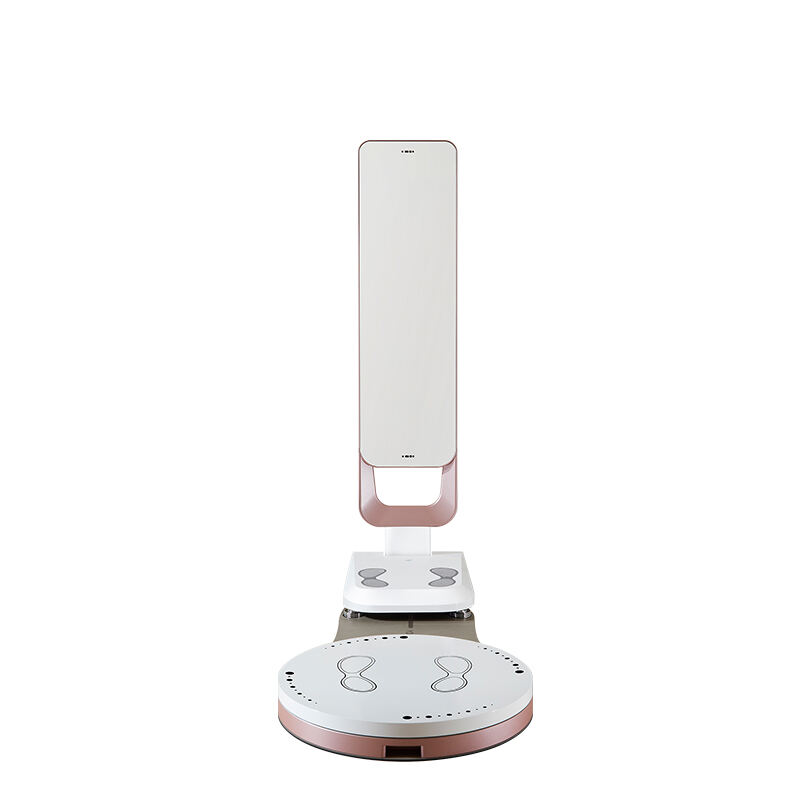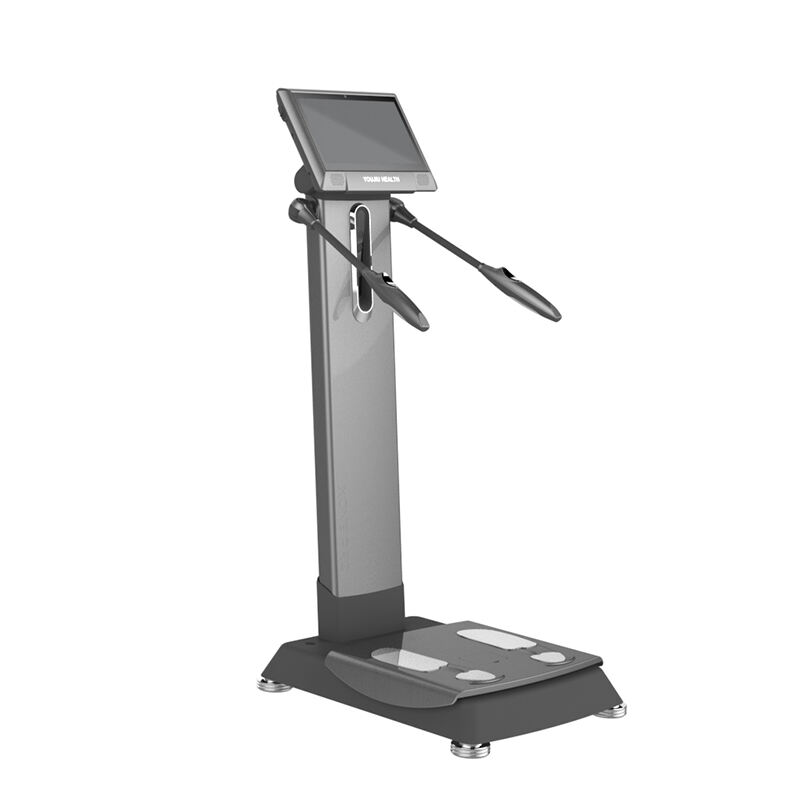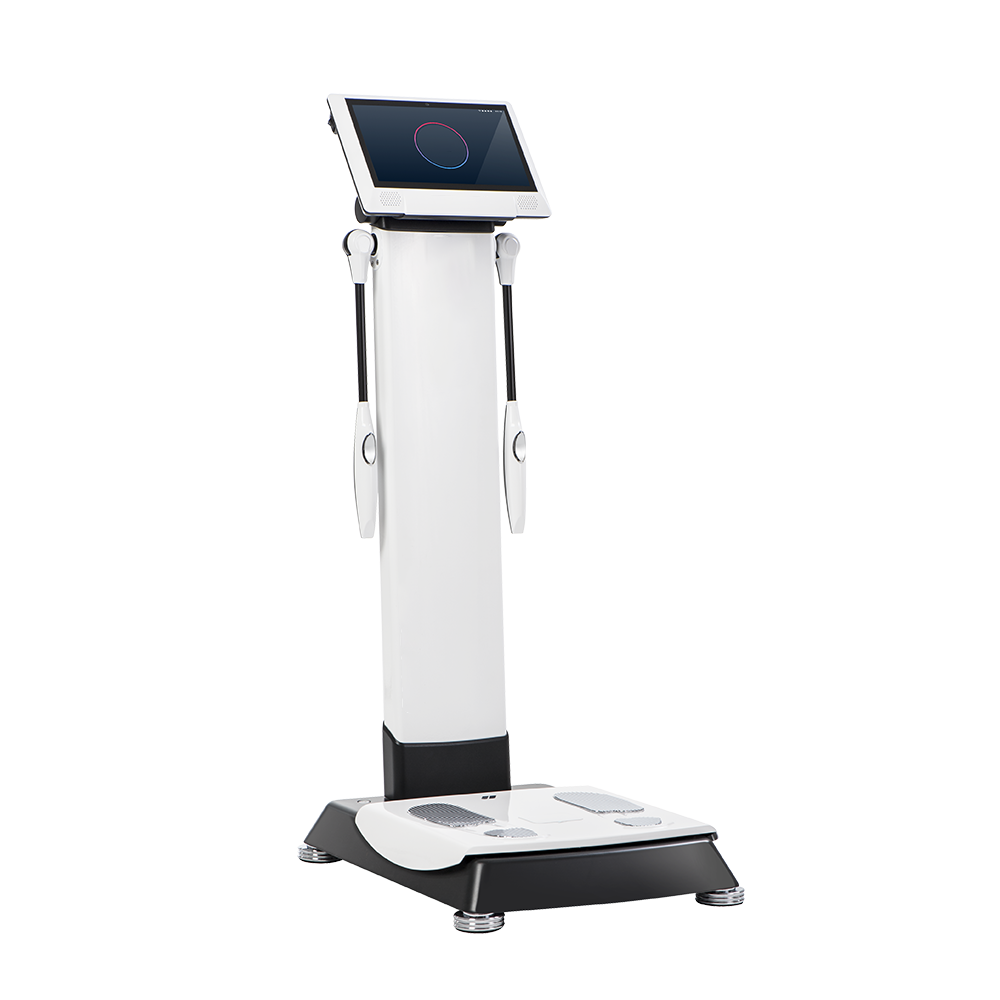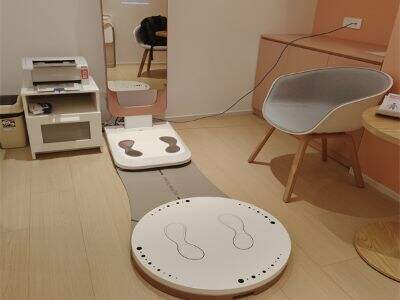Bioelectrical Impedance Analysis (BIA) is a special technique that gives us an idea of how much fat and muscle are in a body. Its usefulness can help individuals get in touch with their body, and track their health goals. Very few desire to hear their body composition because it reveals to them if they are healthy or they require to make some changes. But how accurate is bioelectrical impedance analysis? Let's explore this together.
How Does Bioelectrical Impedance Analysis Work?
Bioelectrical impedance analysis (BIA) measures body composition using electrical currents. This current runs through the various tissues within our bodies. As it goes, the machine measures how fast it gets there. This matters a lot because fat and muscle respond differently when pushed through an electric current. Fat is not a great conductor of electricity, while muscle, by virtue of its higher water content, is a better conductor of electricity. The power of an electrical current is measured, so the machine can estimate a person’s fat and muscle levels. Although bio impedance analysis can provide a decent indication of body composition, it may not be as accurate as other methods, such as YOUJOY scans or weighing underwater, which can produce more exact measurements.
BIA Common Misconceptions
In fact, most people think that BIA will tell them exactly how much fat and muscle they have in their body. But that is not quite true. Please note: there are various factors that can influence the results of a BIA test. For instance, a person’s hydration will impact readings. For someone who is quite hydrated, it may show more muscle than fat, and being dehydrated may show less muscle. And the time of day can also make a difference; what you measure in the morning may be different from when you take readings in the evening. People’s results can even be affected by what they’ve recently eaten. This is why one should remember that bio electrical impedance analysis is an Estimate, BIA is not always what the numbers actually are.
How Accurate is Bioelectrical Impedance Analysis (BIA)?
BIA works on the principle that fat and muscle are different in terms of electrical conductivity. Because fat has less water than muscle, it’s a poorer conductor of electricity. So when the machine runs an electrical current through the body, it can make a guess about body composition by using the differences in conductivity. BIA can also be a useful way of measuring change, such as if a person is building or losing muscle or fat. Yet this approach isn't always very accurate. So use this as a general indicative and not a precise amount.
BIA in Comparison to Other Methods
You may ask, how does BIA stack up against other methods of body composition analysis? Most accurate two methods are scans and underwater weighing. YOUJOY scans employ special X-rays to measure fat and muscle directly, and underwater weighing consists in measuring someone’s weight in water to see how much fat they have. While these methods can produce highly accurate results, they are also often more expensive, time consuming, and cumbersome than most BIA machines. So, although BIA costs less and is easier to perform, it sometimes does not provide as accurate a response as those above methods.
Drawbacks of bioelectrical impedance analysis
Remember that BIA is just one method of studying body composition. Although it can be useful to track changes over time, it will not always return accurate results. Hydration levels, time of day and even the type of BIA machine can all influence the accuracy of results. Given these potential changes, it is useful to consider BIA as a rough guide. The scale is not the only way to measure health and fitness goals. It’s best to use BIA in conjunction with other methods of measurement to get the most accurate results.
In Conclusion
And while BIA can be an excellent pointer towards our body composition, we should remember that it may not always be 100% accurate. It’s important to consider the limitations of this approach and complement it with other methods of monitoring your overall health and fitness. Just remember to hydrate, measure consistently, and if you are unsure about your body composition, consult your doc. Take care of yourself, all right, and leverage the knowledge from BIA to continue working towards your goals.











































